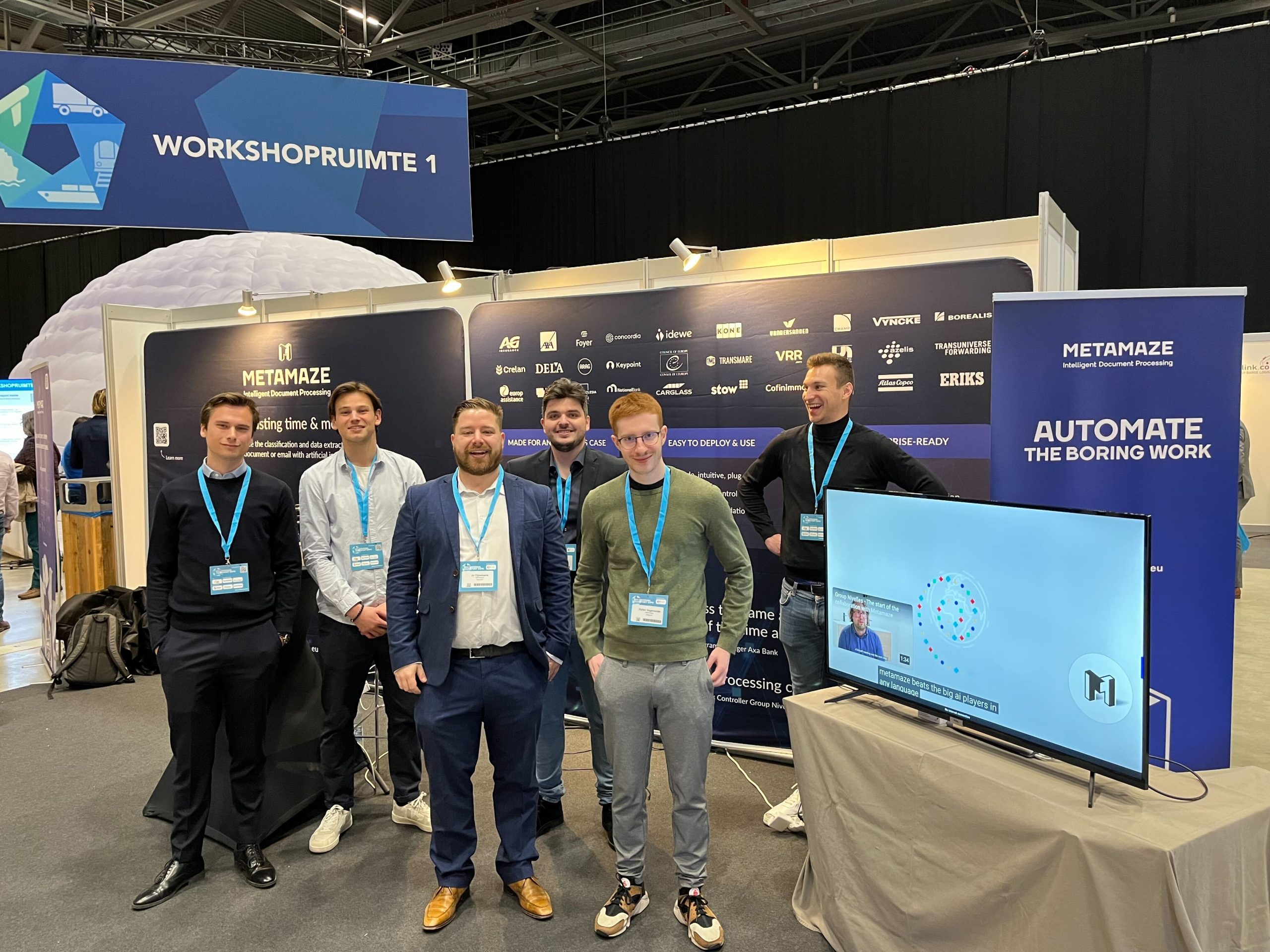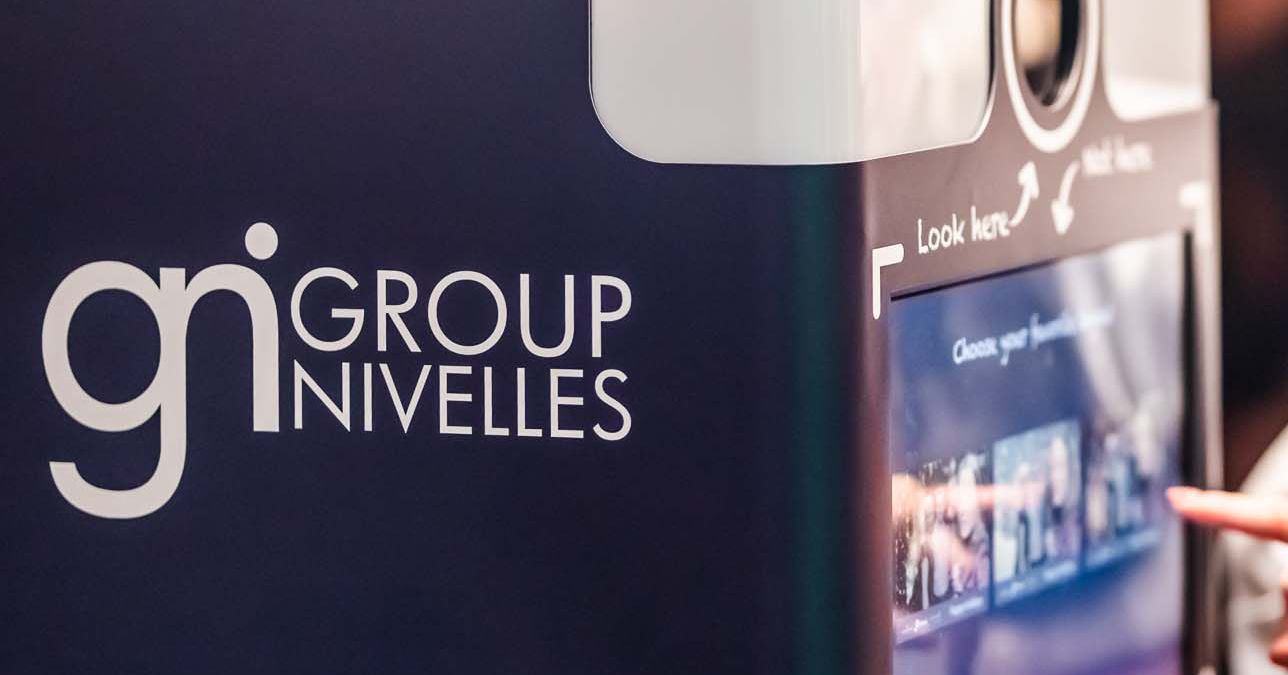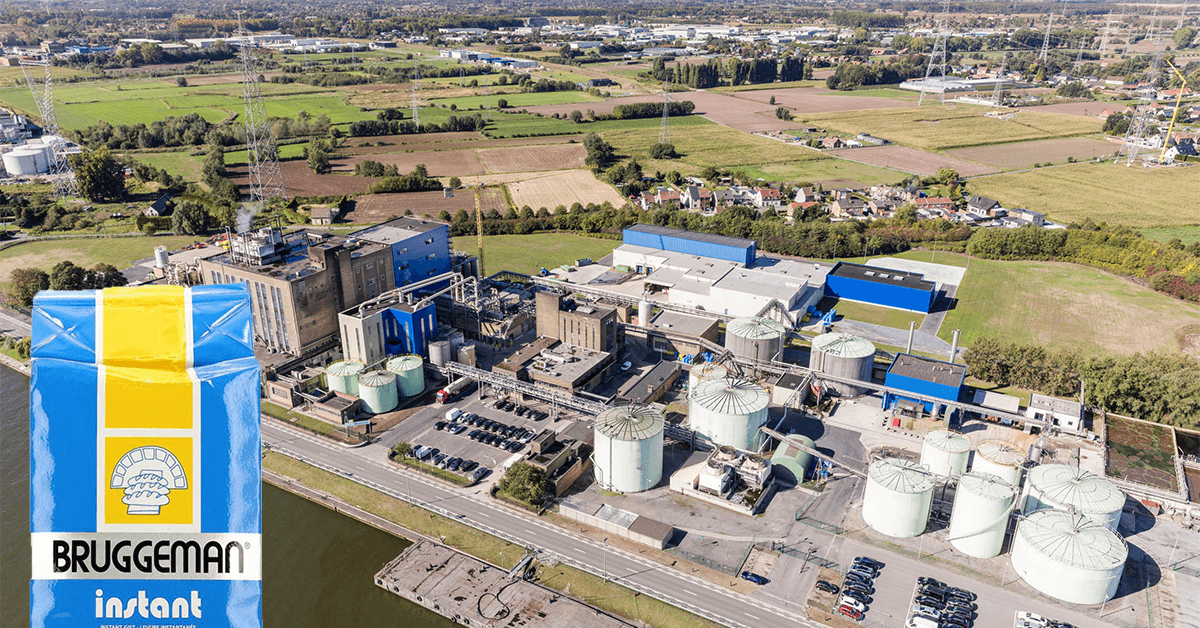Turning back-office employees into AI operators
A detailed article about the challenges of implementing Intelligent Document Processing and how it changes the job of your back-office employees.
This year, Metamaze was once again present at Multimodaal at Breda. A conference that united leaders in logistics and transport. We had a bunch of interesting conversations and our colleague Jo gave a well-received keynote about implementing Intelligent Document Processing in the logistics & transportation industry. Here you get a summary of what the keynote was about.

Turning your back-office employees into AI operators.
Meet Jan. A nice, talented young man working at a logistics company in the back-office. His day-to-day job consists of processing incoming orders: making sure orders get into the system quickly, so fulfilment can take place fast.
People like Jan are crucial for companies. Why? Because companies need to process a lot of data that is navigating through the company in all sorts of forms. 20% of that data is in a structured format (like spreadsheets, EDI, …). But the other 80% consists of unstructured formats (like emails, documents, pdfs, …). So companies need people like Jan to read, interpret and process this type of data. There is only one big problem: no one likes to do it.
Furthermore, there are some crucial challenges in manual order intake. Let’s have a look at them.
From the back-office perspective
- Order intake management is heavily reliant on paper and manual processes.
- Increasing pressure on margins leads to less resources available.
- Increasing regulation and compliance requirements
- War on talent makes it harder for companies to find the right people for the job, not taken into account the time it requires to educate a new hire before he/she gets to his full potential
From the customer’s perspective:
- Slower turnaround times, since manual processes require time
- Errors in the data: because typing over information from one system into another is error-prone
- Changing contact persons
- Not enough time from back-office employees to guide and help them in the order process
And who has to fix all these challenges and problems? Of course: our talented young man: Jan. Which leads to frustration in your back-office team and a talented young man that is not used at his full potential.

OCR to the rescue?
So can we use OCR (Optimal Character Recognition) to help Jan in his job? Well, unfortunately not…
OCR is not able to give context to documents and layouts. So you would have to code everything before an OCR technology is able to help you process incoming documents. We already told you that 80% of documents are unstructured and don’t have a fixed layout.
Traditional OCR will not fix your problem because only a small part would be automated (the templates you’ve coded). This means our talented back-office employee Jan and his team will have to put a lot of maintenance time into keeping an OCR technology up to date before it can bring your company any value.
But what if we tell you there is a smarter way?
Artificial intelligence to automate order entry
We don’t have to tell you that the magical world of artificial intelligence has changed a lot over the past years. Underlying machine learning engines are getting smarter and need less and less examples to become highly accurate. So the use of artificial intelligence as a technology is not the main challenge anymore. But implementing it, brings a lot of new challenges.

Implementing IDP: the challenges
Challenge 1: change management
- Trigger: we agree on the pain Jan and his colleagues are experiencing during their day-to-day job
- Perspective: we show them (instead of telling them) how Metamaze can improve their job quality. And also important: we show them how their jobs will change (and not vanish). From being a manual data-entry clerk, to becoming an AI operator. (Example case further in the article)
- Adoption: from day 1, we’ve put a lot of efforts in building a user-friendly platform. Literally anyone is able to work with our machine learning models without the need to have coding skills or an AI background.
- Skills: we provide a lot of trainings and guidance for these teams to help them in this journey.
In the implementation trajectories we’ve been through in the past years, every end-user has given us feedback that the quality of their job has increased tremendously. “I have more time to spend on guiding clients than before.” is the feedback we get every time.
Want to see how the back-office teams of Europ Assistance became AI operators? We strongly encourage you to read the full case over here.

Challenge 2: garbage in = garbage out
We are all well aware that machine learning engines learn from the example we give them. The quality of the training will determine the quality of the engine in production (accuracy rate and STP rate). In the past, AI needed a lot of example data to do so. But actually, it’s not the quantity of the data that counts, but the quality.
From day 1, we’ve built Metamaze on data-centric AI. Meaning that we’ve built a platform that puts the quality of the data at the centre of everything. This results in fast training, very accurate models and continuous training of models because of human validations.
We encourage you to check out our detailed blog about this over here.

Table of Contents
Some stories about companies that are automating their order intake process with Metamaze.
Discover how manufacturer Group Nivelles saves 70 hrs/month/FTE and lowers order processing costs by 64% by implementing Metamaze.
Discover how Robonext & Metamaze resulted in automation of more than 80% of incoming orders and 80% reduction in errors.
Learn how Sports & Leisure Group automatically extracts information from invoices and orders and enters that information in SAP.



